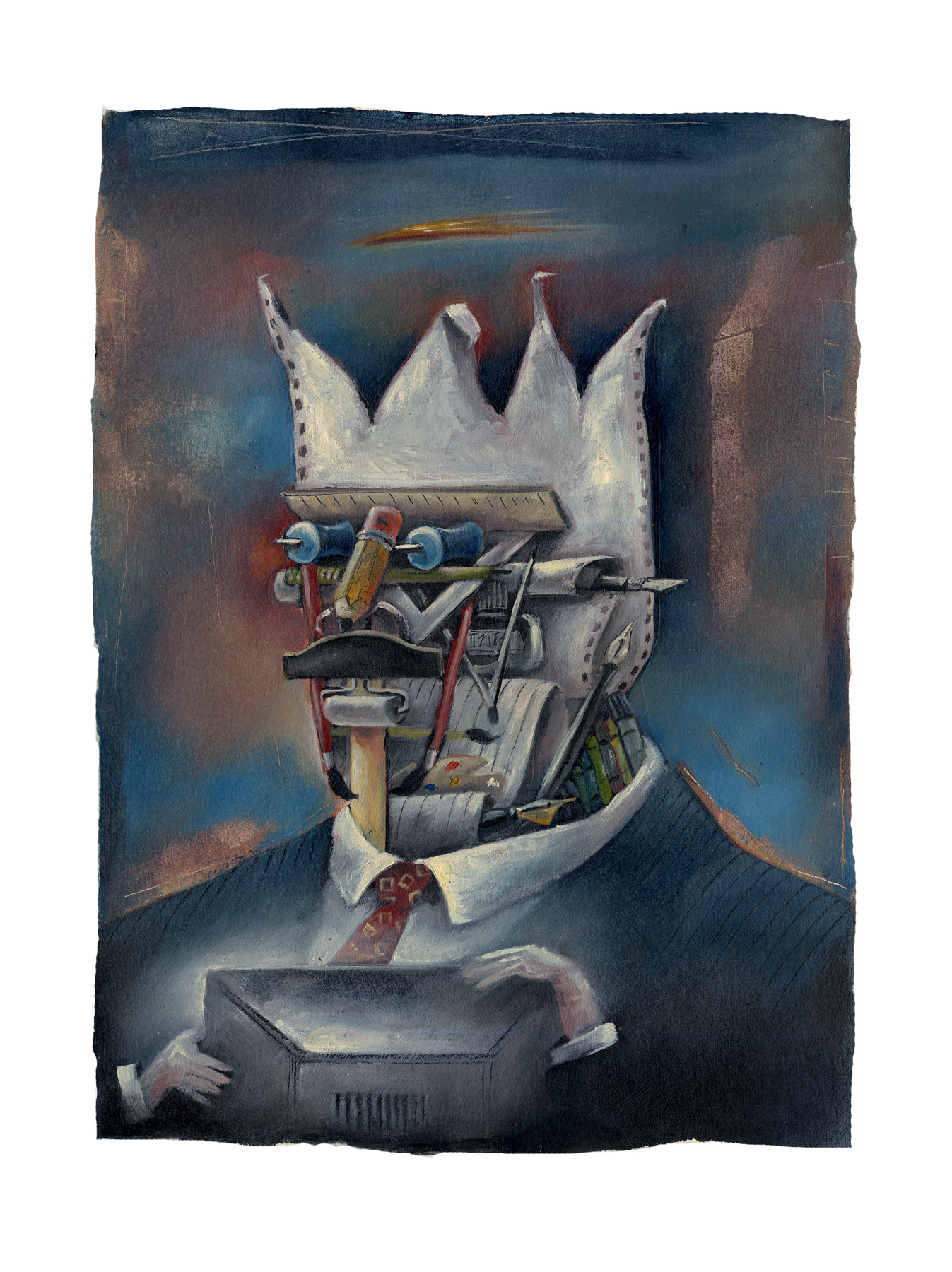Hybrid Humans
Project Syndicate |
By Parag Khanna
The election of a new pope always sparks debate about the tension between tradition and modernity in the Catholic Church. Perhaps more interesting is the ongoing modernization of the language in which those debates are conducted: Latin.
While Catholic doctrines have evolved slowly, the Latin vocabulary has been expanding steadily in recent years, reflecting the surge of neologisms (new words, usages, and expressions) that has accompanied technology’s increasingly prominent role in people’s daily lives. The addition of terms like telephonium albo televisifico coniunctum (video telepresence) and usus agonisticus medicamenti stupecfactivi (performance-enhancing drugs) has helped to spark a revival of Latin education in the West, despite growing competition from Mandarin.
Likewise, the English language’s ability to produce and absorb neologisms is an important reason why it will endure as the world’s lingua franca. The Oxford English Dictionary, now updated quarterly, revised more than 1,900 entries in its March 2011 edition, and added new terms, such as “subdomain,” “dataveillance,” and “geotagging.”
Humans use language to make sense not only of specific concepts, but also of larger scientific, social, and historical movements. With technology changing the face – and pace – of such movements, devising terms that capture its far-reaching impact on human life is becoming increasingly important. For example, according to Nobel laureate Robert Fogel, medical and nutritional advances since the Industrial Revolution have accelerated and directed the evolutionary process, making modern humans a fundamentally different species from Homo sapiens. In 2011, bio-technology investor Juan Enriquez coined the term Homo evolutis to denote this shift.
But do widely accepted labels like “Information Age” and “knowledge-based society” adequately describe the global movement that is underway? Technology-fueled development is causing historical eras to become cumulative, rather than linear. As the world enters the Information Age, most countries are still experiencing the Agricultural and Industrial Ages. In order to describe emerging socio-technological patterns – including the merging of scientific disciplines and the fusion of human life with progress in these fields – the current era should be called the “Hybrid Age.”
It is an age, most tellingly, of proliferating new terminology. For example, we now have “synthetic biology” to describe a hybrid of biology and chemical engineering in which scientists create biological systems that are not found in nature. Man-made cells can now be inserted into humans. In 2010, the biologist Craig Venter created the first fully synthetic and self-replicating cell. In another hybrid discipline, “molecular computing,” organic or artificial enzymes are programmed to conduct complex calculations faster than silicon chips. The field could provide an avenue, alongside 3D silicon chips, for maintaining – or even accelerating – the pace of Moore’s Law, which states that the number of transistors on the integrated circuits used by computers doubles every two years.
Humans’ biological hybridization with technology also requires new vocabulary. At the MIT Media Lab, double-amputee Hugh Herr has pioneered “biomechatronics,” which combines biology, mechanical engineering, and electronics to invent efficient, lifelike prosthetics. Some believe that Herr’s work heralds an age of bionic superhumans.
Moving from muscles to the mind, brain-computer interface technologies have advanced significantly in recent years, giving rise to “neuro-prosthetics,” which has already enabled paraplegics to navigate a computer mouse with their thoughts and monkeys to operate a giant robotic arm. Scientists are now working to pinpoint the neuro-chemistry of thought and emotions so accurately that new technologies could be developed to allow humans to communicate them silently.
With scientists working tirelessly to refine such technologies, the public must become more knowledgeable about their socioeconomic implications. Neither of the existing paradigms for assessing individual potential – intelligence quotient and emotional quotient – can assess a person’s ability to compete against the growing “robo-collar” workforce.
Industrial robots are now displacing Foxconn workers making iPhones in China; Intuitive Surgical’s da Vinci robot reduces the need for surgical assistants in operating rooms; and the Engkey robot teaching English in South Korea may gradually fill the 30,000 teaching positions that Westerners there currently occupy. Increasingly sophisticated algorithms are replacing currency traders, paralegals, and even news reporters.
Competing with the increasingly competent robotic labor force will require people to enhance their “technology quotient.” Societies and governments must drive this shift by boosting technology’s role in both the form and content of educational curricula. Improved technological capacity would not only help citizens to compete for jobs; it would help countries thrive in the new global environment of increasing hybridization.
The rise and fall of empires has long been considered a geopolitical matter, based on factors such as military assets, resource endowments, and population size. Likewise, geo-economic calculations of relative GDP, terms of trade, and foreign-exchange reserves carry significant weight in determining the balance of power. But all of these metrics fail to account for factors like research and development, technological innovation, and commercialization, which are now more indicative of future success than nuclear arsenals or economic size. Indeed, the Hybrid Age is shaping up to be an era of “geo-technology.”
The stakes of geo-technological competition are higher than ever. Cyberwarfare is proving to be as threatening to political and economic stability as conventional military conflict. At the same time, technologies like water filtration systems, drought-resistant seeds, renewable energy, and the Internet have the potential to fulfill the basic needs of a crowded planet better than any empire could.
Many historical periods have been named after imperial hegemons: Pax Romana, Pax Britannica, Pax Americana. Some believe that, with the rise of China, Pax Sinica is next. But these eras have been characterized by conquest and exploitation, not peace. Perhaps what comes next will be a fundamental break from the past, a truly modern era of Pax Technologica.
Illustration by Chris Van Es
